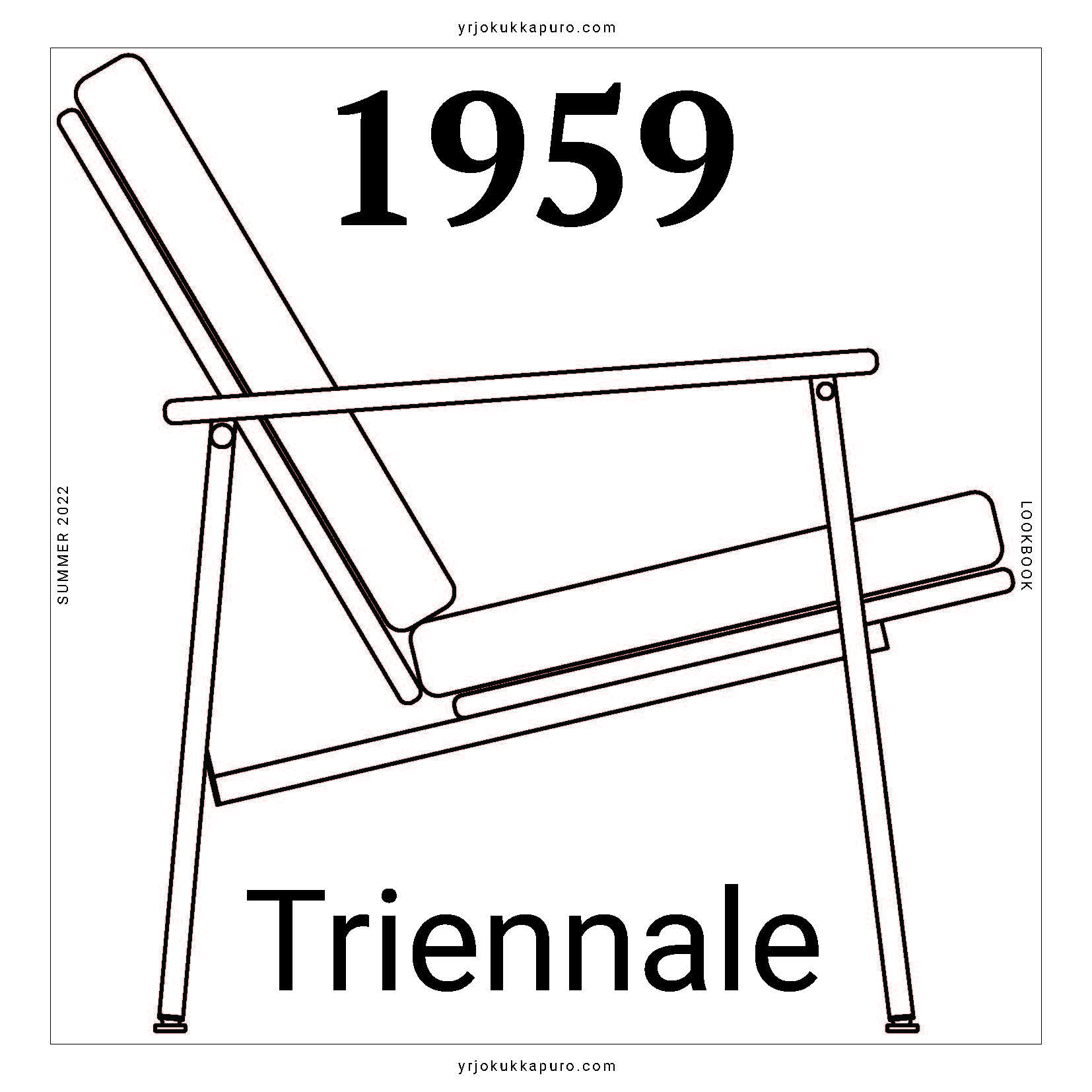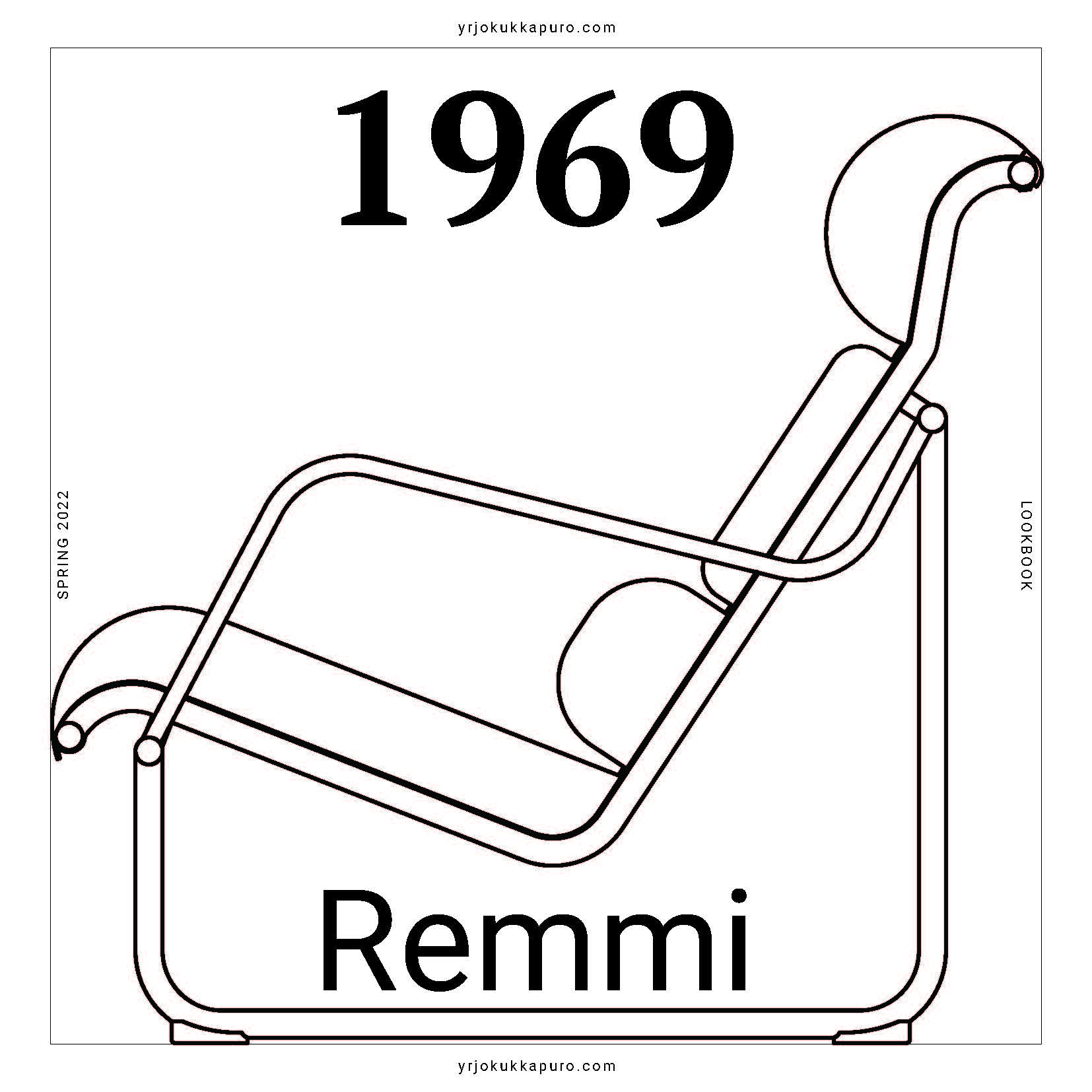Triennale 1959
Yrjö Kukkapuro designed Triennale chair for The Milan Triennial of 1960. The chair was named after the international event where it was also awarded. The basic elements of Yrjö Kukkapuro’s design can be seen in the chair: light and minimalistic metal frame, wooden seat components and loose seat cushions.
Triennale is a pearl that was left out of the early production of Yrjö Kukkapuro, but now inspires with its modern look.
Ateljee 1964
In 1963 Yrjö Kukkapuro designed timeless, casual and elegant Ateljee product series. Due to its convertibility Ateljee adapts to all decorations and styles. Its modural structure is durable and fully repairable. New Ateljee collection has a transparent and traceable production chain.
Ateljee consists of metal frame, seat straps and wooden parts. The metal frame can be extended from an armchair to a sofa of any length. Seat cushions are unattached and the armrests are screwed to the wooden sides. The options for upholstery include clean water tanned leather and different fabrics.
Ateljee has been selected to museum collections of London’s Victoria&Albert and New York’s MoMa.
Remmi 1969
Yrjö Kukkapuro created Remmi in 1969, and the iconic chair is one of the most popular Kukkapuro products. Now Remmi has returned back to its roots and is locally produced in Finland and environmentally friendly.
The three corner stones of Yrjö Kukkapuro’s design philosophy are ergonomics, aesthetics, and ecology. The idea is the furniture designed by him, can be fixed, renewed, and used from one generation to another. Remmi has ergonomic design which supports neck and lumbar.
Remmi has been selected to London’s Victoria and Albert Museum’s and Design Museum’s collections. It has also been voted as the best chair for music listening.



